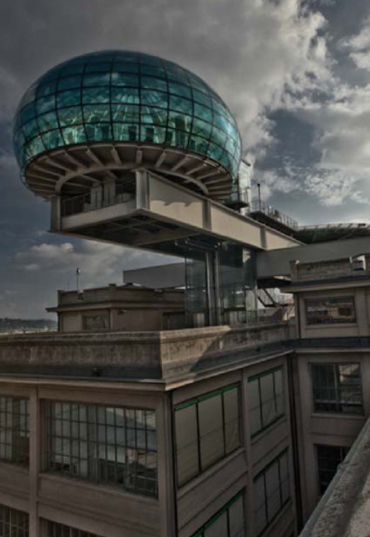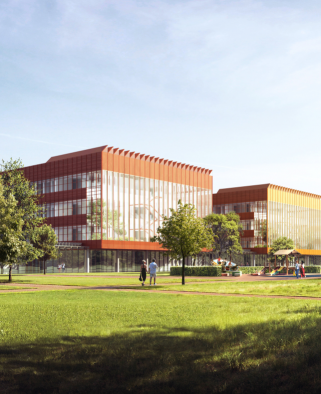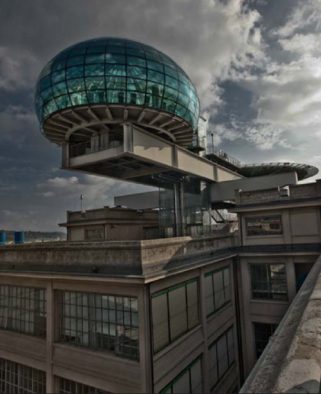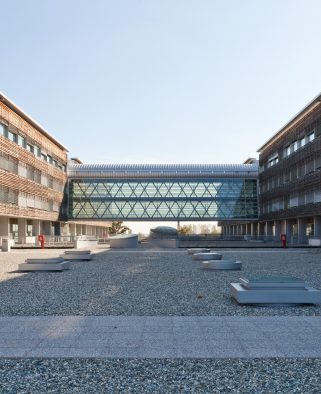HVAC systems have a dual purpose: to save energy by using itcorrectly and to ensure the best possible conditions of comfort and hygiene in buildings and for the people who occupy them.
Realisations include:
- Heating plants (hot water, superheated water, heat transfer fluids,steam)
- Refrigeration plants (compression, gas, absorption, heat pump)
- Cogeneration and trigeneration plants
- Air handling plants
- Thermal fluid distribution networks
- Heating plants
- Ventilation plants
- Air conditioning plants
- Air pollution and sterility control plants for cleanrooms and hospitals
- BMS digital regulation and control systems




